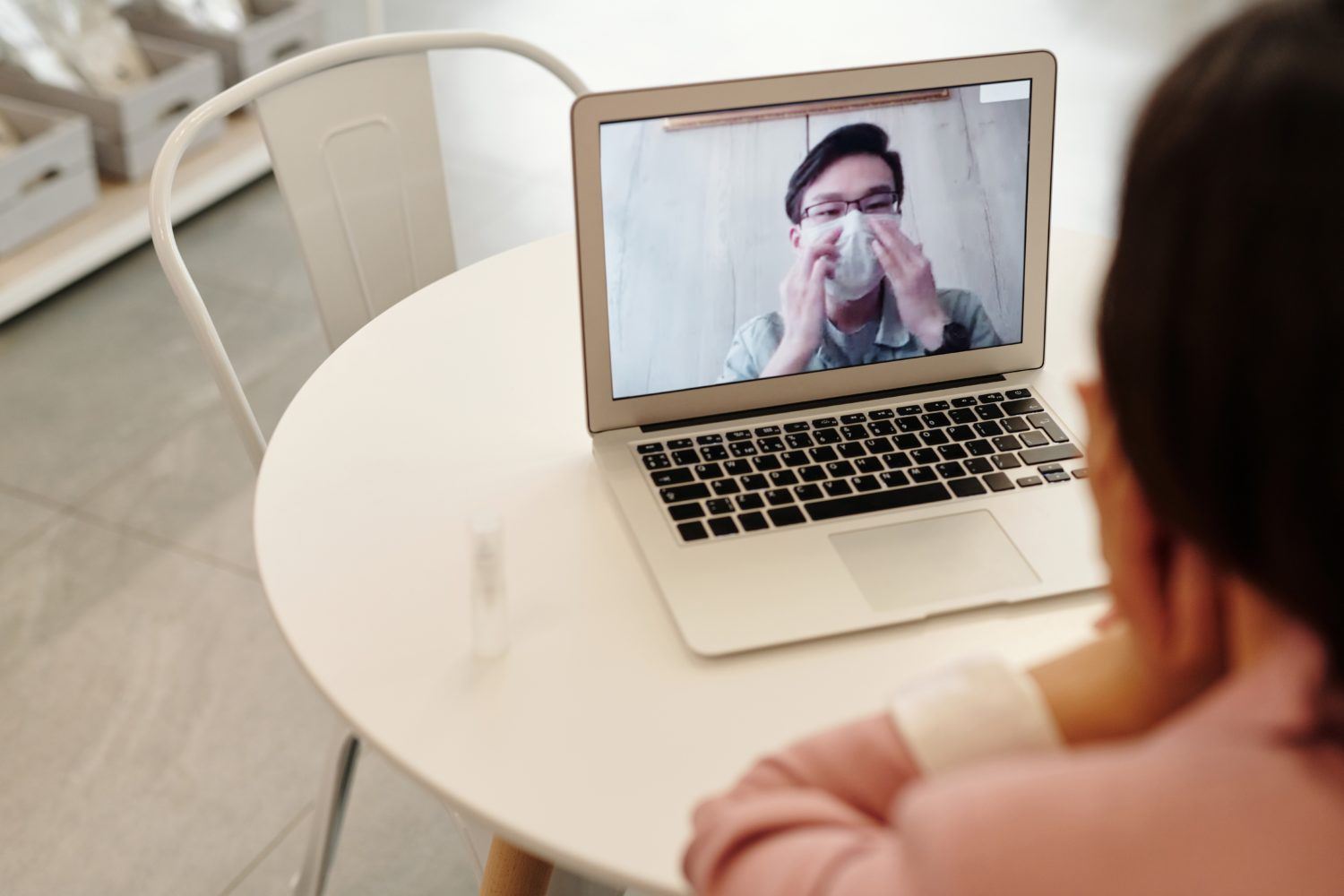
There is almost no profession that technology hasn’t improved or changed in some way. At the touch of a button, we can order our groceries for delivery to our door. In the near future, drones may become commonplace for mail delivery. Every small change is making a significant difference. Therefore, it makes sense for the nursing profession and medical industry to see dramatic technological advancements, as well. However, some stand out from the crowd more than others, such as the following:
1. Portable Monitors
It doesn’t seem like all that long ago that you could only monitor a patient’s vitals while they were in bed. With the invention of portable monitors, that has all changed. Nurses can hook up a monitor on wheels to a patient to check their respiratory rates, oxygen saturation levels, and ECG while they are on the move. This information is then sent to a central monitor. If an emergency occurs, nurses receive an alarm notification.
Every nurse and nurse-in-training through a school like rntobsnprogram.com learns how to use a portable monitor early in their education. This piece of technology can save lives while also ensuring a patient can remain mobile with far more convenience.
2. Smart Beds
It almost seems like every piece of technology we own these days is labeled as ‘smart.’ We can control smart ovens from our mobile devices, turn on the dishwasher when we’re not home, and even use our voices to turn the lights on and off.
It was only a matter of time before smart technology hit the medical ward, and it did it in a big way with smart beds. These beds can carry out several functions that may have previously been left up to a nurse to manage. They can weigh patients, monitor vitals, and even track movement. Given how innovative they are, nurses can even receive communications and updates from the bed to inform them of a patient’s activities.
3. Automated IV Pumps
Nurses are required to be in several places at once in a busy medical facility. Fortunately, technological advancements have meant that machines can take on some of the tasks that take up much of a nurse’s precious time.
Automated IV pumps are something that nurses learn about early on in their training. However, it’s important to note that the style and usage instructions for each pump type can differ from one hospital or clinic to the next. Generally, though, they control the dosage given to patients with software. Nurses can then change the drip amount and dosage to cut down the wait time between changes.
4. Telehealth
In the wake of COVID-19, telehealth took off as a useful healthcare tool for nurses and doctors to utilize. It allowed people to access the help they needed, but without having to visit a medical facility in person. While a nurse or doctor still has to take the call, the digital meeting means medical resources like beds and seats are left free for more critical cases. Telehealth and apps are expected to supersede in-person visits in the future.
When you start your training to become a nurse, you’ll quickly discover just how much technology is now included in the role. While it might seem daunting at first, these advancements may ultimately make a medical professional’s day-to-day tasks much more manageable.
